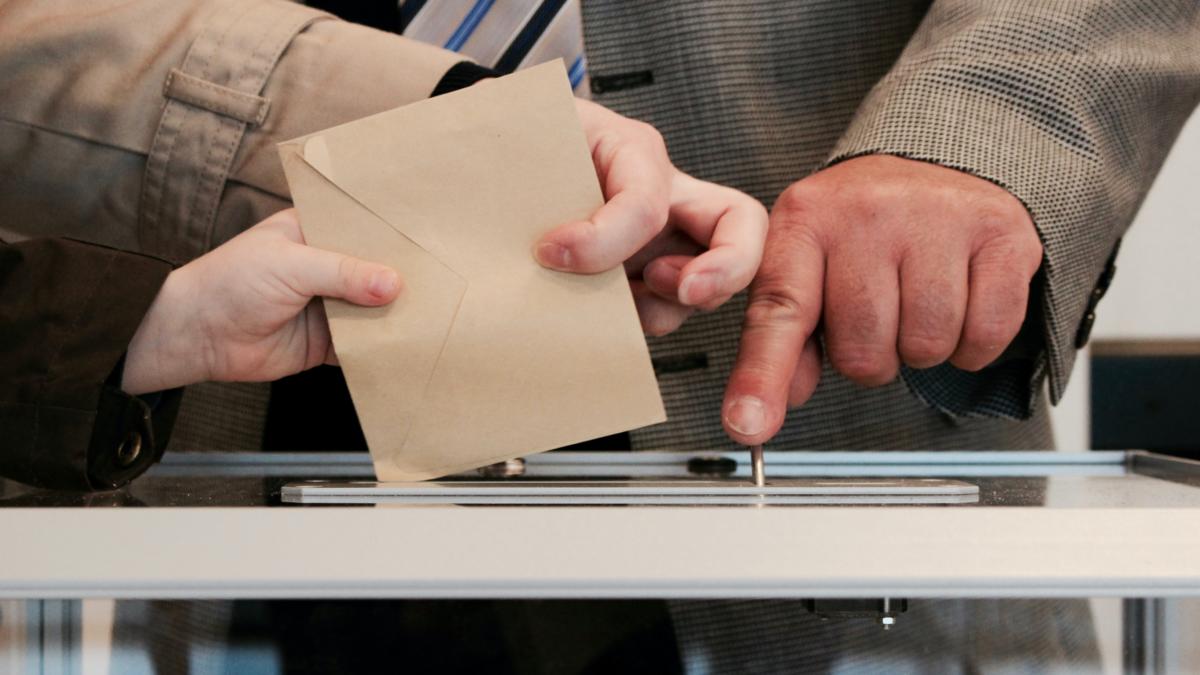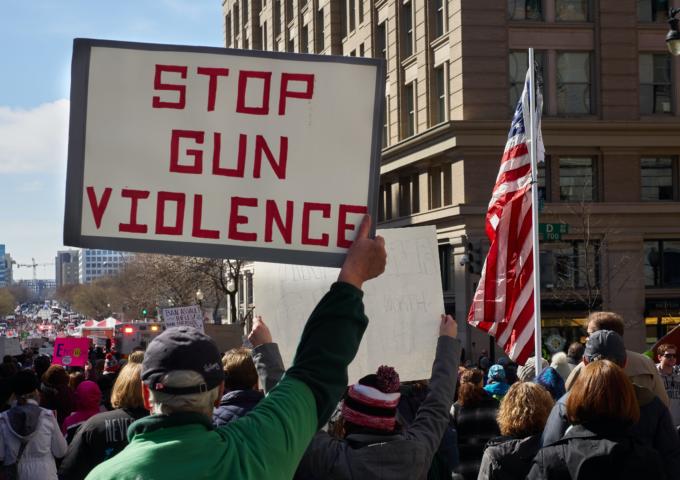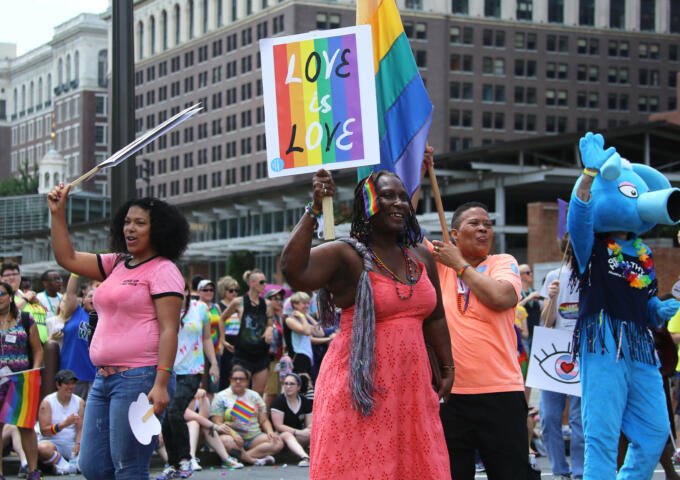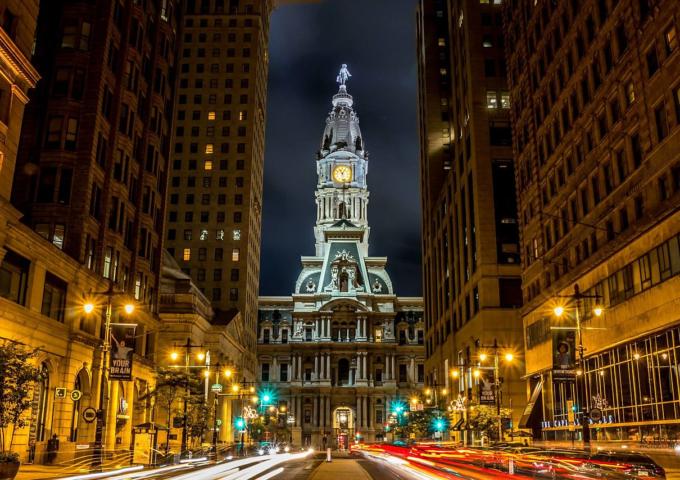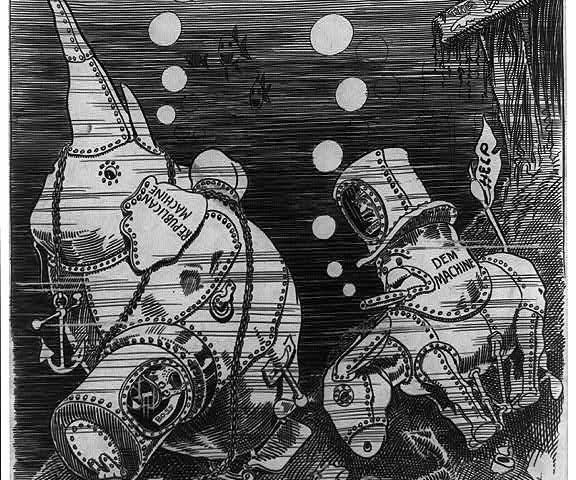If you’ve been paying attention to New York’s mayoral primary, you will have noticed that it’s a mess. The first reaction by Philadelphians to a screw-up in the Big Apple must always be schadenfreude — taking a bit of pleasure in the failures of our arrogant, bigger, wealthier neighbor to the north. That is natural. Since being dethroned as America’s largest city more than 200 years ago, Philadelphians have always looked to New York with a mixture of distaste, annoyance and, yes, envy.
But once those feelings are out of the way, there are lessons to be learned from New York’s experiment in ranked-choice voting. Despite the foul ups in administration, the idea behind the new system is a good one. Philadelphians should consider revising our own voting system to be more like theirs, one that takes a broader consensus of the electorate rather than awarding the narrow winner of a large field of candidates.
If you haven’t been following the news from New York, here is what you missed: they moved to a system of ranked-choice voting for their primaries. As the New York Times explained it: “Instead of casting a single vote for a single candidate, voters in a ranked-choice system select a set number of candidates in order of preference. In New York’s mayoral primary, voters will be allowed to choose up to five.” After all the votes are counted, if no candidate has a majority — that is, more than 50 percent — the candidates with the fewest votes are eliminated and the subsequent choices on those ballots are distributed to other candidates. The process repeats until someone emerges with a majority.
It sounds complicated, but other countries and some smaller American jurisdictions have been doing it for years. Ireland held their first ranked-choice voting election in 1922, and has done so for a century without incident. Maine held its elections this way last year, and Alaska is going to do so next year, as well.
Opponents say that people would be confused, that making voting more complicated will end up disenfranchising many. But, as in Ireland, Maine, and elsewhere, the people of New York handled the task of ranking their preferred candidates just fine. Only the city bureaucracy found a way to make a hash out of it. First, they released totals that were incomplete and started the subsequent rounds based on that. In traditional elections, releasing incomplete figures is fine, but in ranked-choice voting, the order of the finishers matters. NYC’s elections board compounded that error by accidentally including test ballots in the real count, making the whole thing look suspect — the last thing any electoral system needs these days.
The system makes a lot of sense in a primary, especially a primary in a big city where one party dominates the political scene. By the time we get to the general election in Philadelphia, there are usually just two candidates and everyone hates at least one of them. But in a primary, there are more varied shades of opinion. Voting for one candidate in a field of eight or 10 does not mean you could never stomach voting for any of the others. It only means you rank that candidate first on your own mental list of choices.
In a city like Philadelphia, where the Democratic nomination is tantamount to election, ranked choice voting would ensure a consensus choice, at least among those registered with that party. Consider some of the more fractured elections of the recent past. John Street was nominated for mayor in 1999 with just 36 percent of the vote. Michael Nutter had only 36 percent in 2007, as well. And of course in 2017 we saw Larry Krasner nominated for DA with 38 percent of the vote — and a load of out-of-town fundraising. None of these men could truly claim to be the overwhelming choice of their party, much less of the city.
In New York, the result was similar. The leading candidate, Brooklyn borough president Eric Adams, leads the first-preference votes with 31.8 percent, though the lengthy and convoluted process to cure defective ballots may shift that figure slightly. Without accounting for people’s second and third choices, it would be impossible to know who was the party’s consensus candidate. Thanks to ranked-choice voting, we will know. The answer still looks to be Adams, though by a narrow margin of 51 percent to 49 percent.
Other ranked choices systems also hold promise for a city like ours. In Alaska, all candidates for an office would enter a nonpartisan primary. The top four finishers would proceed to a general election featuring ranked choice voting. This gives people outside the biggest party a say in the process, too, something Republicans and independents in Philadelphia have lacked for decades. Someone from the majority party would still probably win, but the more inclusive voting system allows the public to choose a more moderate or independent candidate if the biggest party’s nominee is too extreme. Given the Democratic Party’s nominees here in 2021, that is no mere hypothetical.
